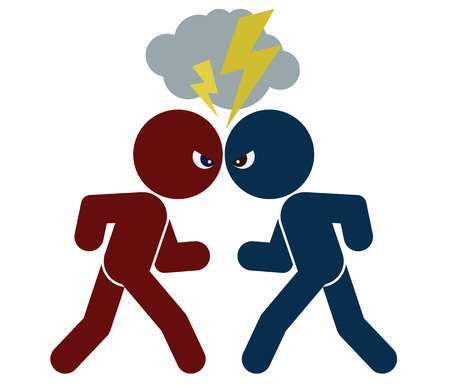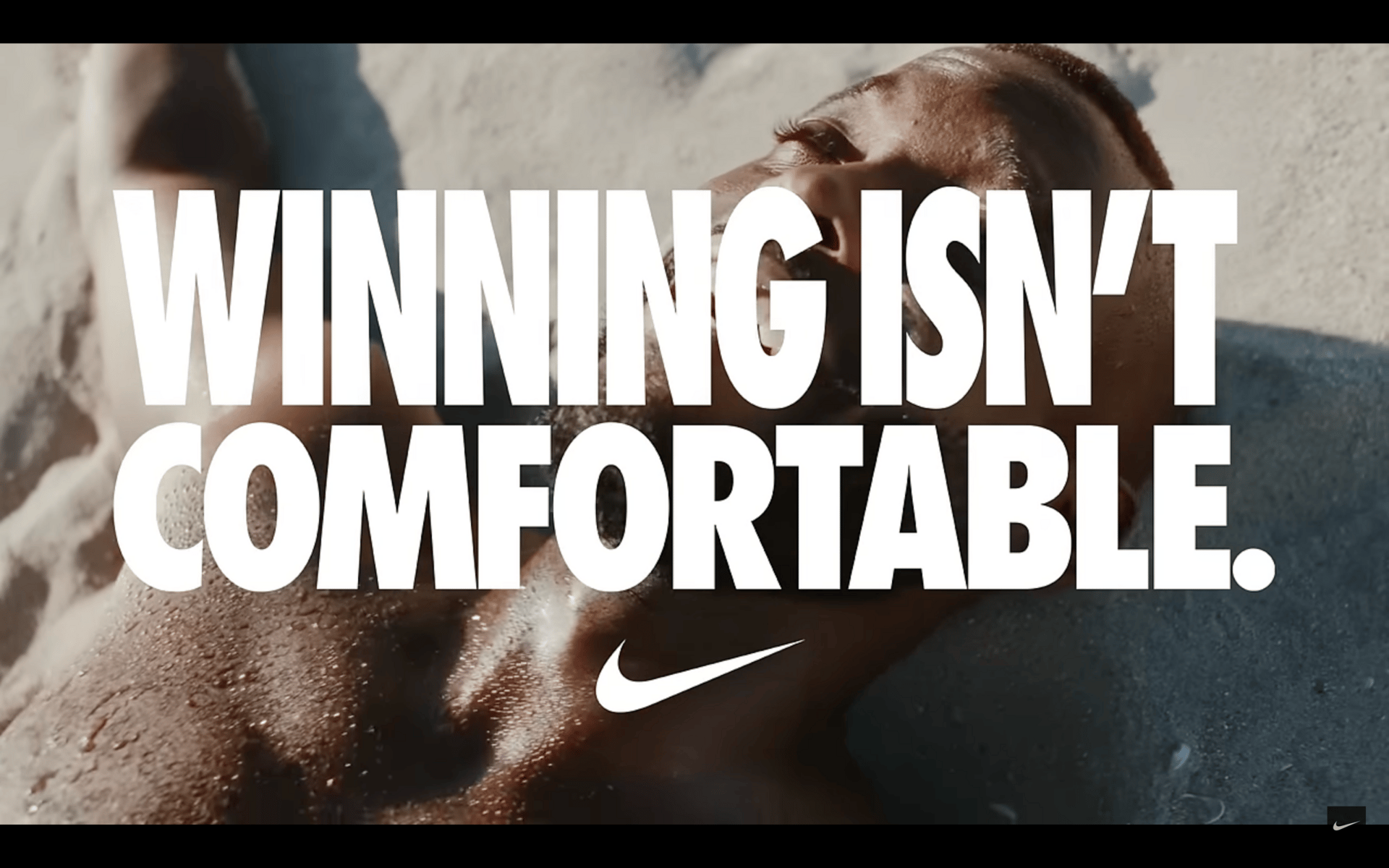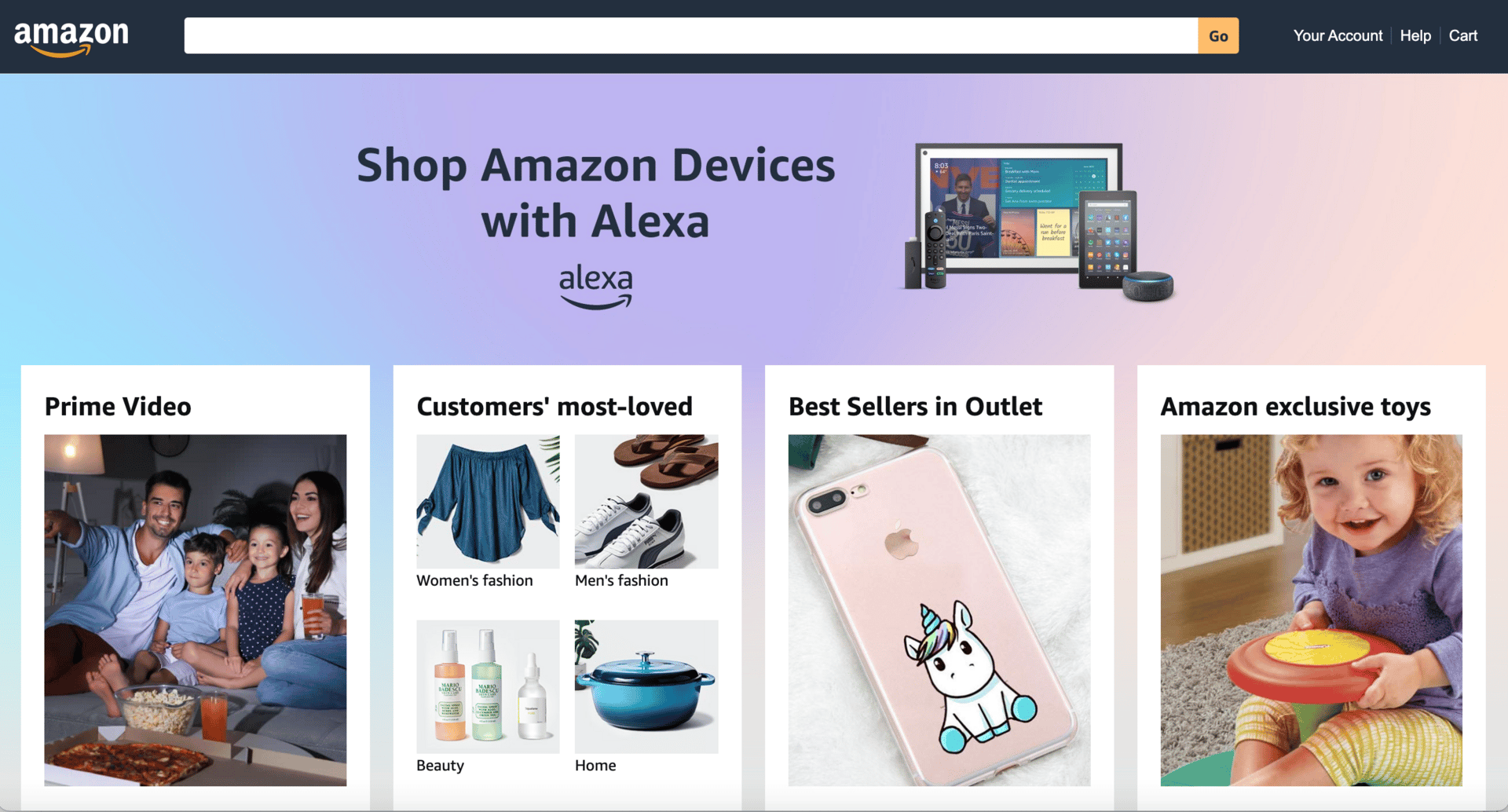- Minimum Viable Brand
- Posts
- Why Your Brand Needs an “Enemy”
Why Your Brand Needs an “Enemy”
Because branding isn’t just about what you are—it’s about what you refuse to be.

If your startup brand feels a little... meh, there’s a good chance it’s because you haven’t picked a fight yet.
Not with a competitor. Not with a person. But with a belief, behavior, or norm that your audience is sick of.
That’s what having a brand “enemy” is really about.
And no, this isn’t about being edgy for the sake of attention. It’s about creating contrast. Tension. Definition. Because when you’re just starting out, the quickest way to show people what you stand for is to first show them what you stand against.
What’s an “enemy” in branding—and why does it matter?
A brand enemy isn’t a rival company. It’s not about dunking on the competition or writing spicy Twitter threads. It’s about defining what your brand exists to challenge, reject, or change.
Your enemy might be a broken system, a frustrating default option, or a way of thinking that feels outdated.
Let’s look at a few quick examples:
Calendly’s enemy? The back-and-forth of “what time works for you?”
Nike? Complacency. Excuses. The inner voice that says “not today.”
Liquid Death? Bland, soulless health brands and plastic bottles.
Notion? Overly complicated enterprise software.
Glossier? Beauty marketing that makes women feel like they’re not enough.
Duolingo? Boring, academic ways of learning languages.
Notice what these brands are doing. They’re not saying “we’re better.” They’re saying, “that old thing is broken—and we’re here to fix it.”
That’s compelling. It’s easy to understand. It’s emotionally charged. And most importantly: it sticks.

From the start, Nike positioned itself against a mortal enemy: complacency mired in mediocrity—a bold stance that helped elevate the brand far beyond the world of sports.
Why this works—especially when you’re early
When you’re a new brand, you don’t have time to explain everything. You’re not playing with Super Bowl budgets or household name recognition. You’re trying to make a strong impression in a very short amount of time.
And guess what? Contrast speeds understanding. It’s faster to show people what you’re not than to explain everything you are.
That’s why having an enemy works. It sharpens your story. It adds energy to your messaging. And it gives your earliest users something to rally around: not just a product, but a point of view.
Think about your own behavior. When you discover something new and exciting, what do you tell your friends?
You don’t say, “It’s a decentralized fintech platform leveraging blockchain interoperability.”
You say, “It’s like Venmo—but with no stupid fees and you actually get paid on time.”
That’s the magic of clear contrast. You’re not just describing what it is. You’re telling people what it isn’t. And what it replaces. You tout the pain it solves…and the old way it makes obsolete.
That’s the power of defining what you’re replacing.
How to find your brand’s enemy
Here are a few prompts to help uncover the right enemy for your brand:
What frustrates your users the most?
What do they complain about, avoid, or tolerate in silence?What assumptions in your category do you reject?
Are there rules everyone else follows that you think are outdated?What change are you really trying to make?
If your product disappeared tomorrow, what problem would still exist?What behavior, belief, or norm are you challenging—intentionally or not?
You might discover your enemy is:
Inefficiency
Gated access
Pretentiousness
Legacy software
Toxic hustle culture
“Good enough” thinking
Once you’ve named it, bring it into your brand. You don’t have to plaster it across your homepage in bold red letters, but you do want it reflected in your copy, your design, your tone, and your experience.
You want your users to feel it, even if they never say it out loud.

Amazon’s rise was powered by a clear enemy: inconvenience. Its solution? A customer-first experience with endless choice and instant access.
A word of caution
To be clear, this isn’t about being negative. Your goal isn’t to just rage against the machine. It’s to offer a better way.
Great brands lead with purpose, not just protest. Your enemy is there to set the contrast. But you are the solution.
And if you’re worried about alienating some people? Good. You should alienate the people who aren’t a fit for your brand.
That’s how positioning works. That’s how focus works. That’s how powerful brands are built.
Final thought
Startups that try to be everything to everyone usually become nothing to anyone.
But when you define what you’re not—what you’re pushing against—you become easier to understand, easier to remember, and way easier to root for.
So go ahead. Pick a fight.
Then build the brand that wins it.
Best,
Edwin